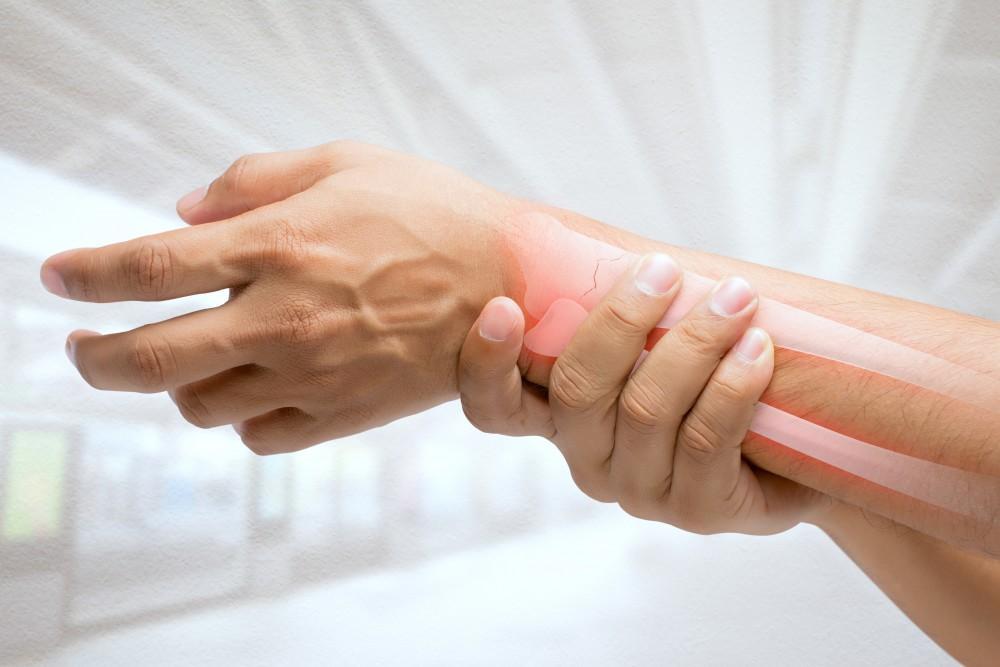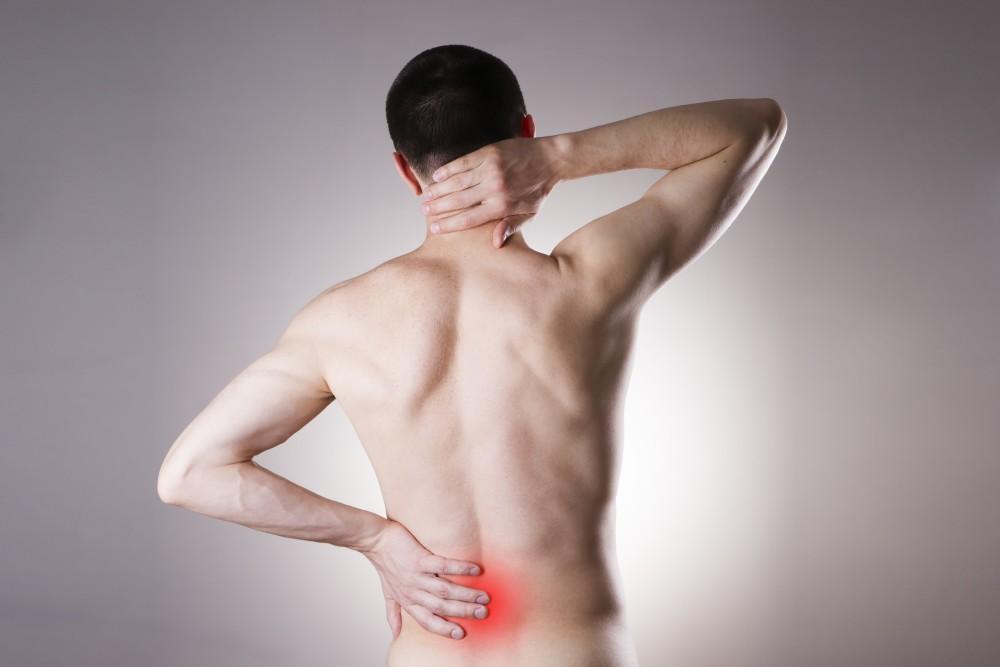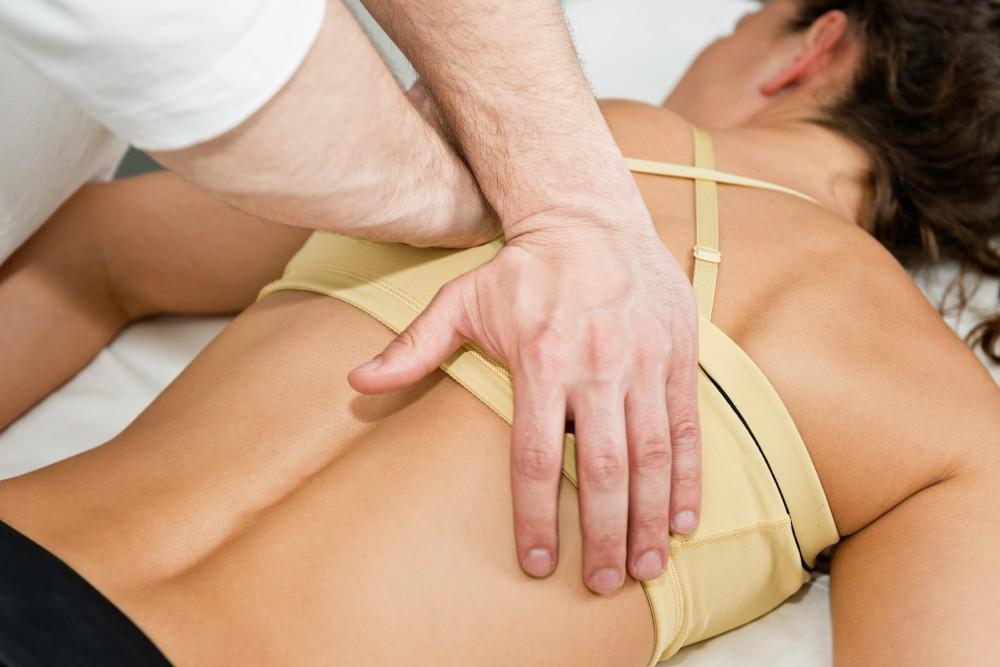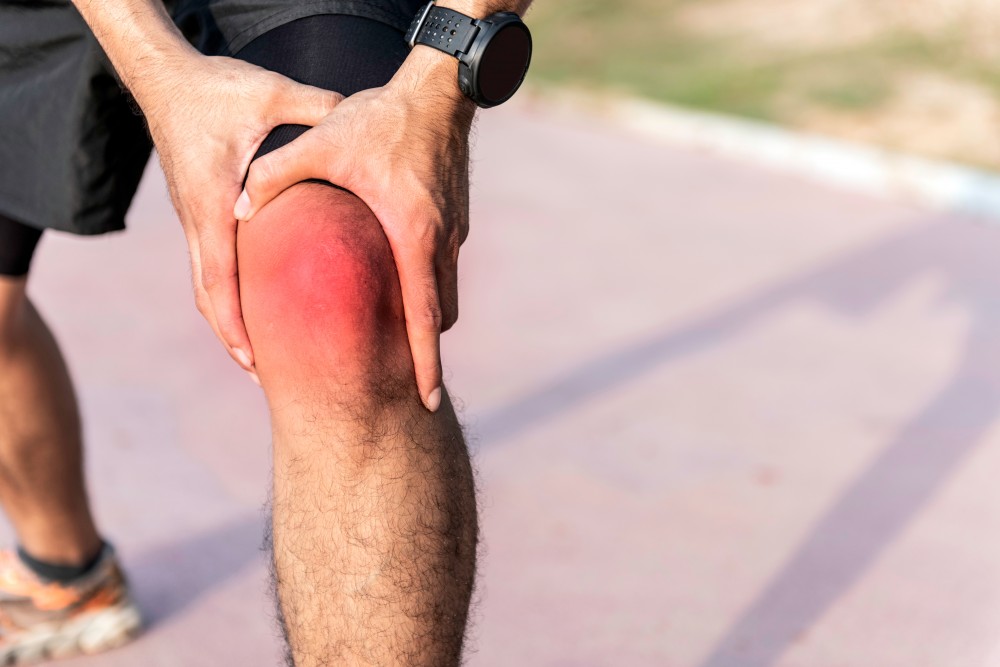
Conditions That Can Be Helped with Spinal Cord Stimulation

When you endure chronic back pain, you may feel alone in your misery — but you most certainly aren’t! Some 16 million suffer right along with you each year.
Back pain puts a damper on your life. Along with the pain and discomfort comes limited mobility, which stops you from enjoying your favorite activities, whether gardening, walking your dog, or even performing everyday household chores, like standing and cooking.
Our provider team at Advanced Spine and Pain (ASAP) has extensive experience treating patients with persistent back pain, and we’ve enjoyed watching these patients recover and live with gusto again. Your ASAP doctor is your teammate as you make your journey to a pain-free life, and they treat many life-limiting conditions.
A revolutionary chronic back pain treatment: Spinal cord stimulation
Spinal cord stimulation is a remarkable and comparatively recent advancement in pain treatment. The first stimulation technology was introduced in 1968. Today’s therapy capitalizes on your spinal cord’s ability to cancel pain signals thanks to programmable electrodes that we attach to your spinal cord to deliver low levels of electricity.
Once placed, you can control the electrodes via a handheld device and engage it when your pain ramps up. This treatment approach is a great option if other, more conservative steps, like medications, physical therapy, and pain injections haven’t been successful.
What types of back pain can spinal cord stimulation address?
Another reason we like spinal cord stimulation is because it successfully treats a wide range of conditions that cause nagging back pain. Here are some of the most common:
- Radicular pain syndrome develops when compressed nerve roots in the spinal column lead to pain, tingling, numbness, and weakness in your arms and legs.
- Arachnoiditis occurs when the arachnoid, a protective membrane that envelops the spinal cord, becomes inflamed. The pain caused by arachnoiditis is described by many patients as intense burning and stinging. The chronic inflammation associated with the condition causes all sorts of problems, including scar tissue formation and improper functioning of the spinal nerves.
- Epidural fibrosis is scarring that typically develops following back surgery. Unfortunately, up to 91% of individuals who have back surgery suffer from it afterward.
- Failed back surgery syndrome is an umbrella term that describes post-surgical complications and pain associated with back surgery. Epidural fibrosis is one of them.
- Degenerative disc disease can cause severe back pain. The condition develops over time because a disc or discs dry out. Injuries and routine movements also contribute to its development.
- Neuralgia can happen anywhere in the body, including the back. Its painful symptoms include a burning sensation and a stabbing pain stemming from a damaged or irritated nerve. Neuralgia is often associated with chronic diseases, like multiple sclerosis (MS) and diabetes, infections like shingles, and just getting older.
- Neuritis pain is rooted in nerve inflammation caused by an injury, a virus, or a bacterial infection.
- Complex regional pain syndrome is outsized pain that’s incompatible with the comparatively milder injury that caused it. A surgical procedure, heart attack, or stroke can also fuel it.
Simply considering the diverse painful conditions that spinal cord stimulation treatment can successfully address is reason enough to deem it extraordinary.
What can I expect from spinal cord stimulation?
A spinal cord stimulation system contains two main components: electrodes (thin wires) and a small generator. We place the electrodes between your spinal cord and vertebrae, and the generator goes under your skin near your stomach or upper buttock. A remote control enables you to send electrical impulses when pain arises.
You first undergo a trial procedure where we place electrodes along your spine in the area we think will work best. We determine the placement area with the help of X-ray imaging. For the next few days, you wear the generator around your waist and see if the system successfully reduces your back pain.
If the trial has a positive outcome, the generator is implanted for the long-term during an outpatient surgical procedure.
Spinal cord stimulation frees you from medication, is reversible, puts you in control of managing your pain, and restores your quality of life.
Call the Advanced Spine and Pain office that’s most convenient to you to schedule a consultation to discuss this advanced treatment or book an appointment online.
You Might Also Enjoy...


Understanding the Difference Between Cervical and Lumbar Stenosis

What to Expect After Radiofrequency Ablation for Neck Pain

When to Consider Injections for Your Sciatic Pain

What Happens When You Throw Your Back Out?

